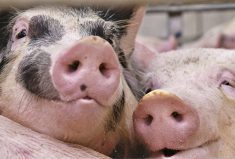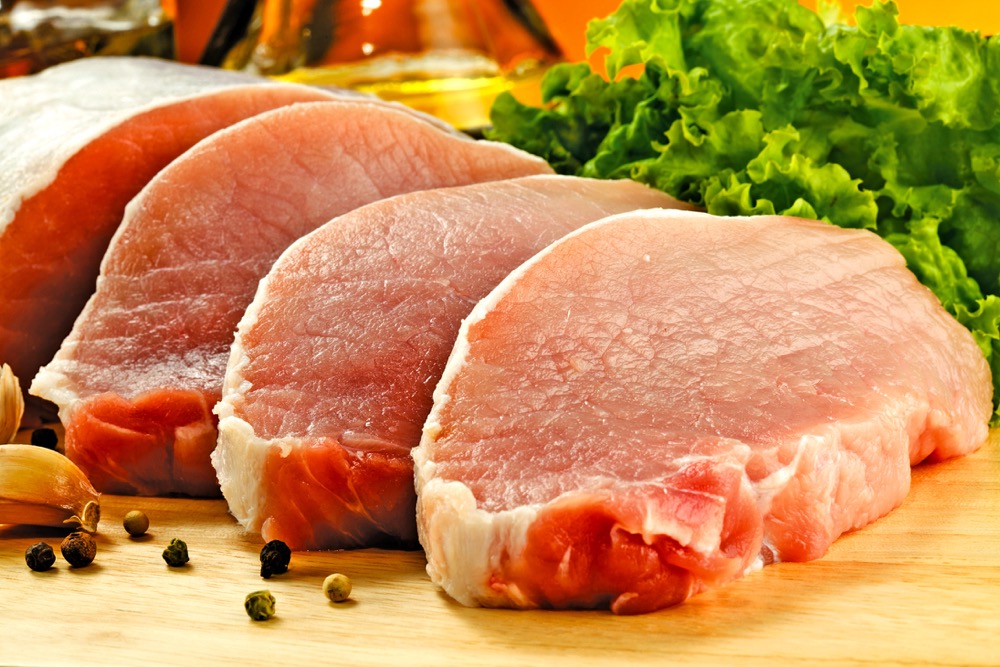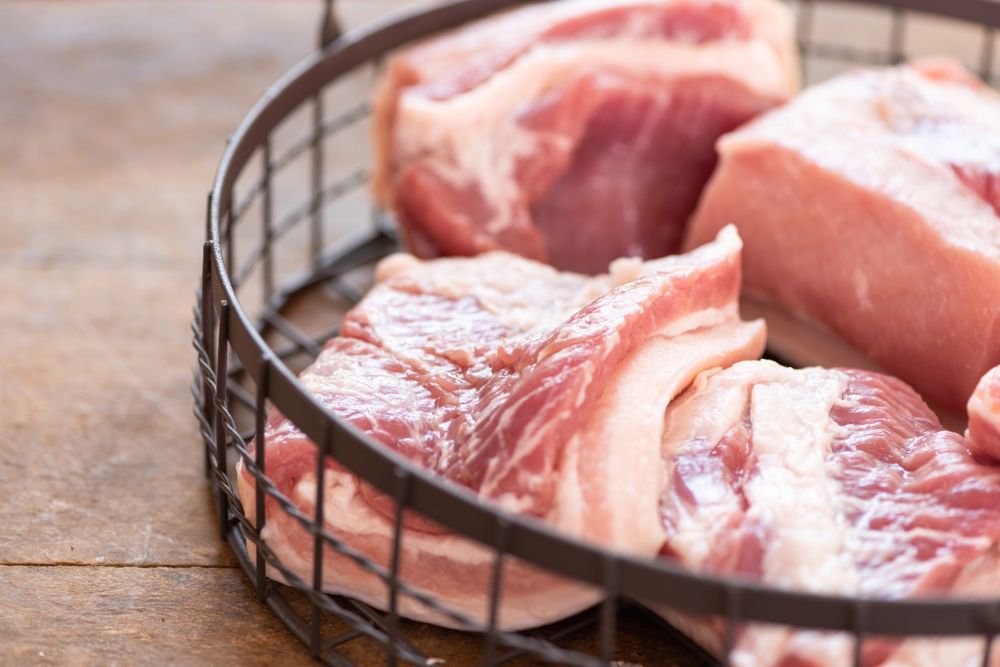The animal welfare issue won’t derail a positive outlook for Canada’s pork industry, says an American agriculture economist.
“There is a very optimistic sentiment today in the entire pork industry — I think we’re going to expand pork production throughout North America,” Glynn Tonsor of Kansas State University said at the recent 2015 Banff Pork Seminar.
“I think we’re going to expand it a little less than if we didn’t have this uncertainty related to welfare and other social issues, but in the big picture animal welfare is a very small component of the broader economic story.”
At the end of the day it will be part of the cost of doing business in an overall positive environment, he said.
“All the major export players — Canada, U.S. and Europe — have the same issues to deal with so it will still be a level playing field.”
Consumer interest in how their food is produced is “the new reality,” and pork producers need to understand this trend and be willing to make adjustments, he said.
But when it comes to animal welfare, “there’s a lot more complexity than first meets the eye,” he said.
Surveys have found consumers favour banning or limiting the use of particular production practices over paying a premium, said Tonsor.
Read Also

Horns aren’t unlocking anytime soon on livestock transport standards
Standards good enough meet the definition of “humane” animal transportation still vary widely between what what industry wants, what animal rights advocates want and, between the two, what federal regulators decide is good enough.
“Also, when they say they’ll pay a premium, the indications are that doesn’t mean they will. You have to cut that number in half or more to get a more realistic indication.”
Economic reality
And that means higher costs for producers, he said.
“For example, if we have to reduce antibiotic use, partly because of animal welfare concerns and largely because of human health concerns, there will be a higher cost at the end of the day because of the illness impacts.”
The potential for higher fixed costs is arguably the biggest factor, he said.
“For instance, as we move away from traditional building designs toward alternative space provisions, it’s quite possible we’ll have more expensive buildings.”
But much of that comes down to how long producers have for implementing change.
“It’s a huge difference if you have to change tomorrow or if you can wait until closer to a time when you would normally renew,” said Tonsor.
Uncertainty is another factor that producers will have to deal with, he said.
“This is the part that doesn’t get talked about as much, but is also very economically important. We don’t know six months from now, five years from now, 20 years from now, what will be the rules of the game. That added uncertainty and the risk it brings can mute the appetite for renewal and expansion.”
Producers also need to remember there is no typical consumer, he said.
“We like to talk about the consumer, but that far oversimplifies the story,” said Tonsor. “There are segments that can afford certain choices or will make certain choices based on welfare. However, the indications are the typical consumer is not willing to pay a premium for things like stall free, antibiotic free and so forth.”
If a large number of consumers was willing to pay a premium for such products, more companies would be selling them and “we’re not seeing that yet,” he said.
Good prospects
Seminar attendees were also told the Canadian pork sector is entering “a new era.”
“It’s a much different industry than it was in the past,” said market analyst Kevin Grier. “We’ve got some issues, but many are short term. In the big picture, I do believe we are globally competitive. Just how competitive we are can and does fluctuate. But we have to remind ourselves that we enjoy many advantages that are the envy of pork-producing regions around the world.”
Global population increases and rising incomes also mean “demand for meat is far outpacing production.”
“One major concern is that our packer margins are consistently worse than in the U.S.,” said Grier.
Producers also need more time to recover from losses suffered from 2006 to 2012, he said.
“One thing we can’t do though is let our guard down,” said Grier. “It will take time to get balance sheets back in shape from that long tough stretch we endured. The industry is 25 per cent the size it was in 2005 and we’ve seen tremendous consolidation.”
Nevertheless, Canada is the world’s sixth-largest pork producer and third-largest exporter, he noted.
“We’re maintaining our markets and as they grow, we can grow too.”

















